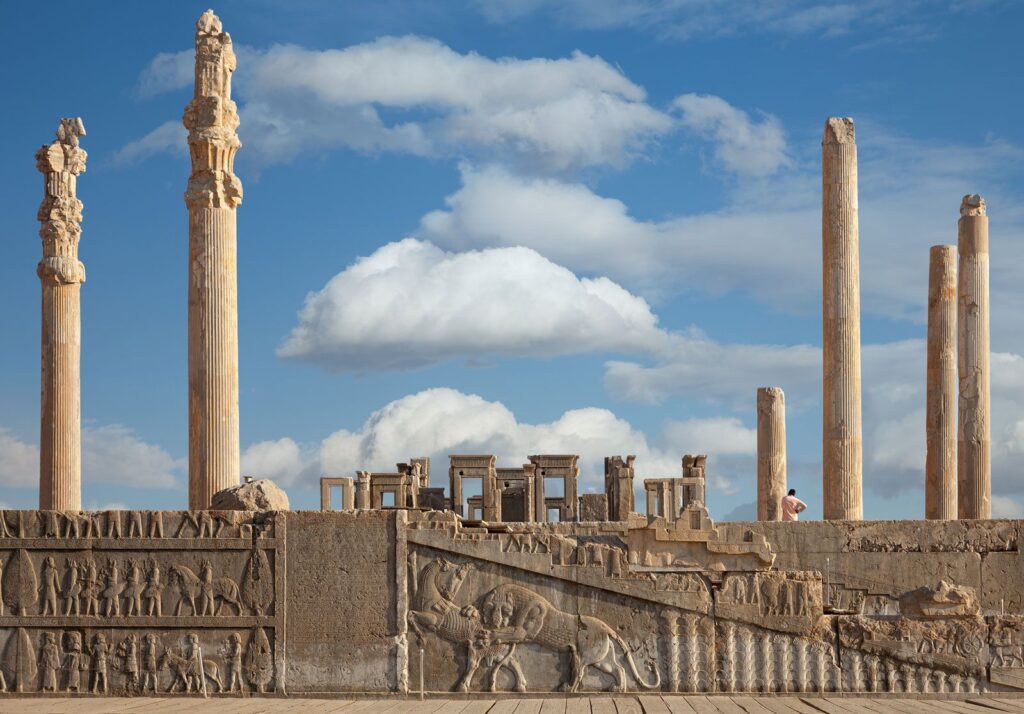Persepolis: Uncovering the Ancient Ruins of the Persian Empire
The ancient ruins of Persepolis in Iran are a testament to the grandeur of the Persian Empire and the Achaemenid Dynasty. Located in the province of Fars, the remains of this once-great city are a must-see for any traveler interested in history and architecture. Here’s a look at what you can expect to find at Persepolis.
A Brief History of Persepolis
Persepolis was the ceremonial capital of the ancient Achaemenid Empire, and it was founded by King Darius I in the 6th century BCE. The site was used as the ceremonial capital by several other kings who followed him, and it was destroyed in 330 BCE by Alexander the Great. The ruins of Persepolis were rediscovered in the 16th century and have been the subject of archaeological excavation since the 1930s.
Exploring the Ancient Ruins of Persepolis
The ruins of Persepolis are vast and impressive. Spread across an area of 1.6 square kilometers, the site features a number of ancient structures, many of which are still standing. These include the Apadana palace complex, the Gate of All Nations, the Treasury, and the Hundred Column Hall.
The Apadana Palace Complex
The Apadana Palace Complex is the largest and most impressive structure at Persepolis. It consists of two grand courtyards, the first of which was used for ceremonies and royal receptions. The second courtyard features the magnificent Throne Hall, which was used for coronations and other grand ceremonies.
The Gate of All Nations
The Gate of All Nations is a monumental gate that stands at the entrance to the city. It is adorned with reliefs depicting delegations from various nations bringing tribute to the Persian kings. It is believed that the gate was built by Xerxes I to commemorate his conquest of Greece.
The Treasury
The Treasury is a series of buildings that were used to store the wealth and treasures of the Achaemenid Empire. Among the many artifacts that have been unearthed at the site are cuneiform tablets, gold and silver coins, and various pieces of jewelry.
The Hundred Column Hall
The Hundred Column Hall is a grand hall that was used for grand banquets and official ceremonies. It is believed to have been built by Xerxes I and features a series of 120 columns, each of which is decorated with reliefs depicting Persian kings and gods.
Visiting Persepolis
Persepolis is one of the most important archaeological sites in the world and is listed as a UNESCO World Heritage Site. It is located roughly 60 kilometers northeast of the city of Shiraz and can be easily reached by bus. The site is open to visitors throughout the year and guided tours are available.
Conclusion
Persepolis is a must-see for any traveler interested in the history of the Persian Empire and its architecture. The grand ruins of this once-great city offer a fascinating insight into the grandeur of the Achaemenid Dynasty. Whether you’re a history buff or just looking for an impressive day trip, Persepolis is an unforgettable destination.

